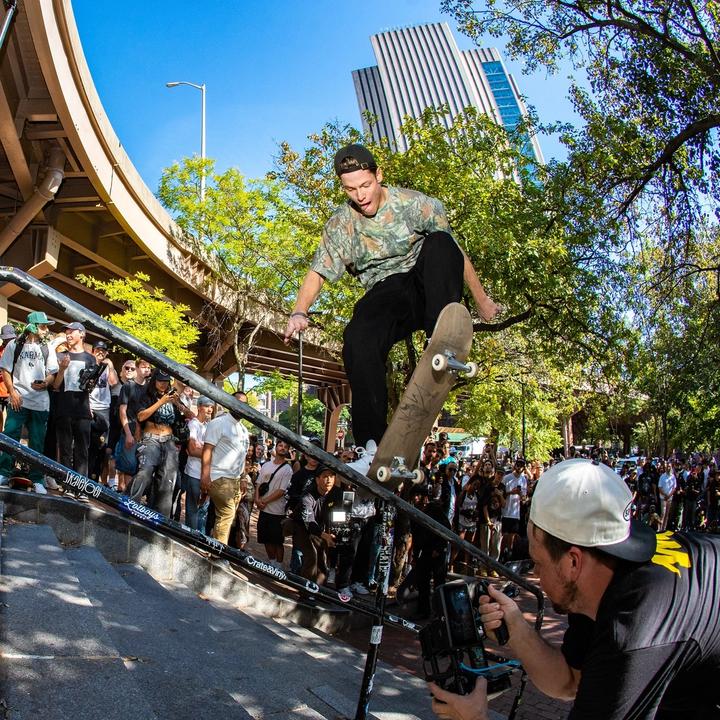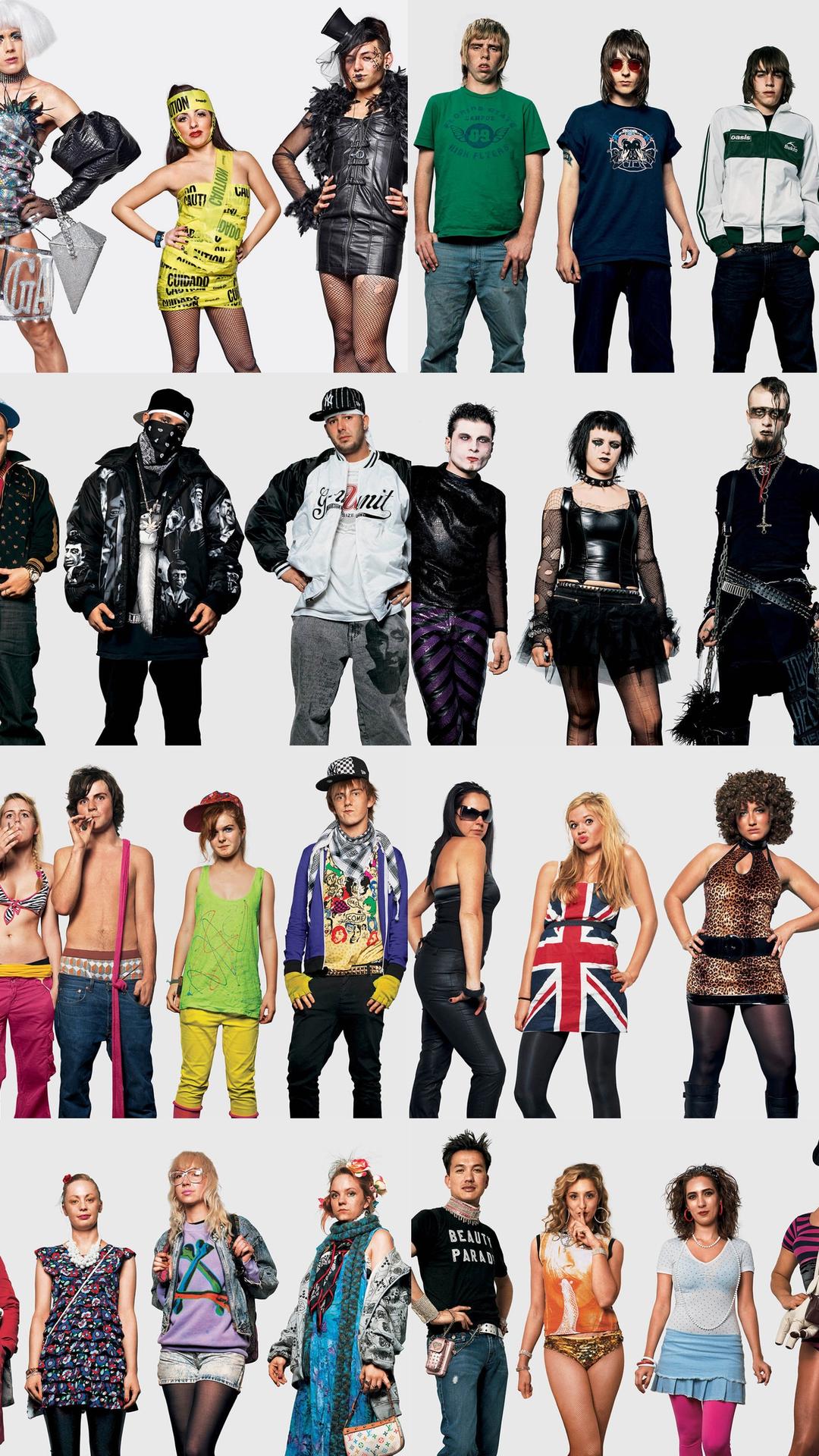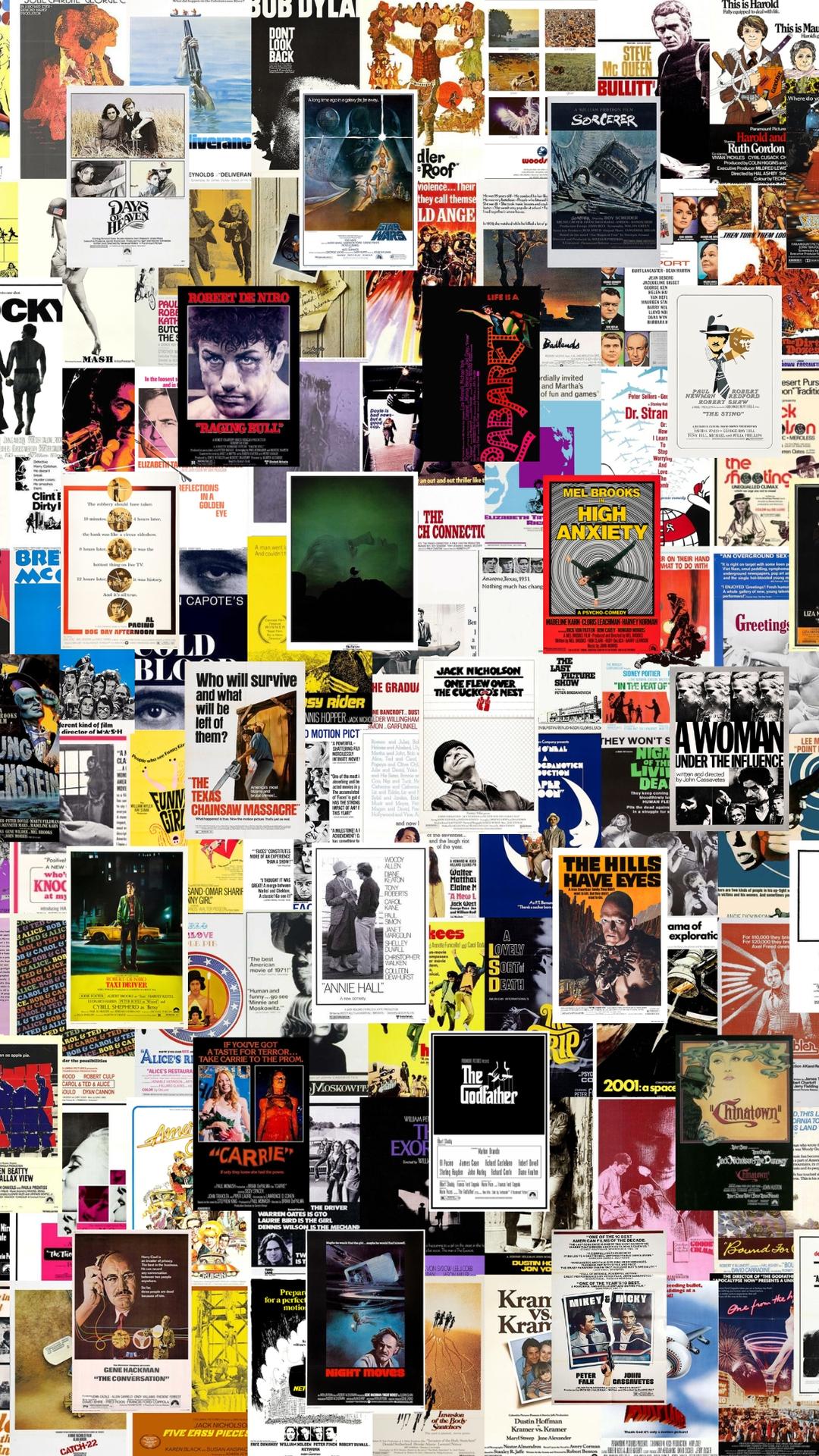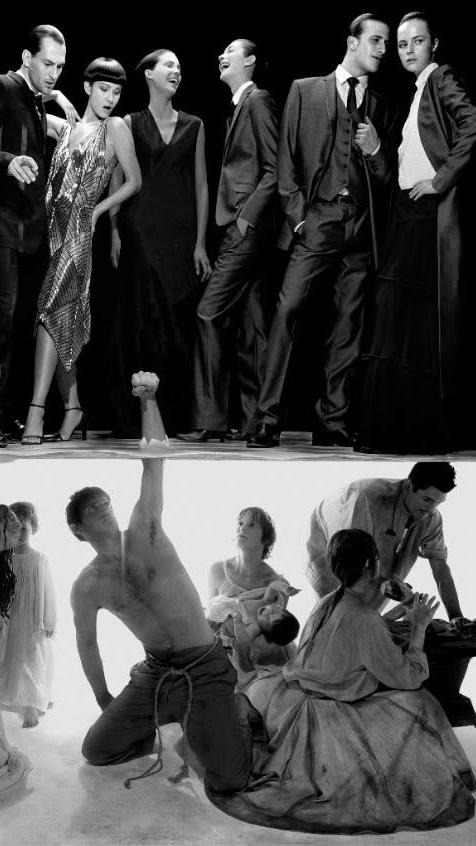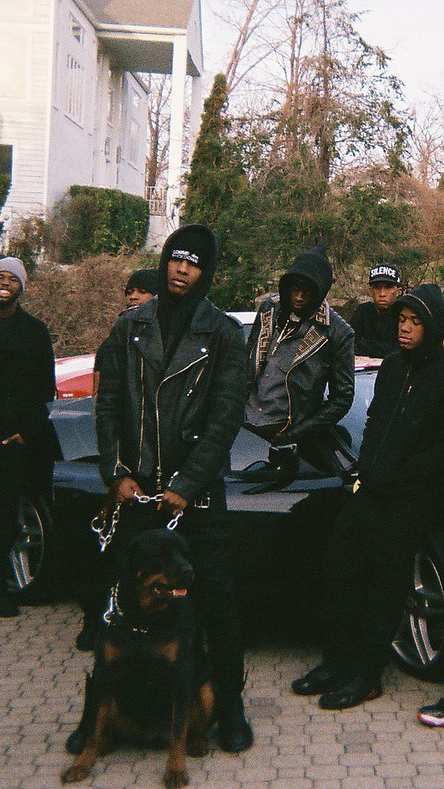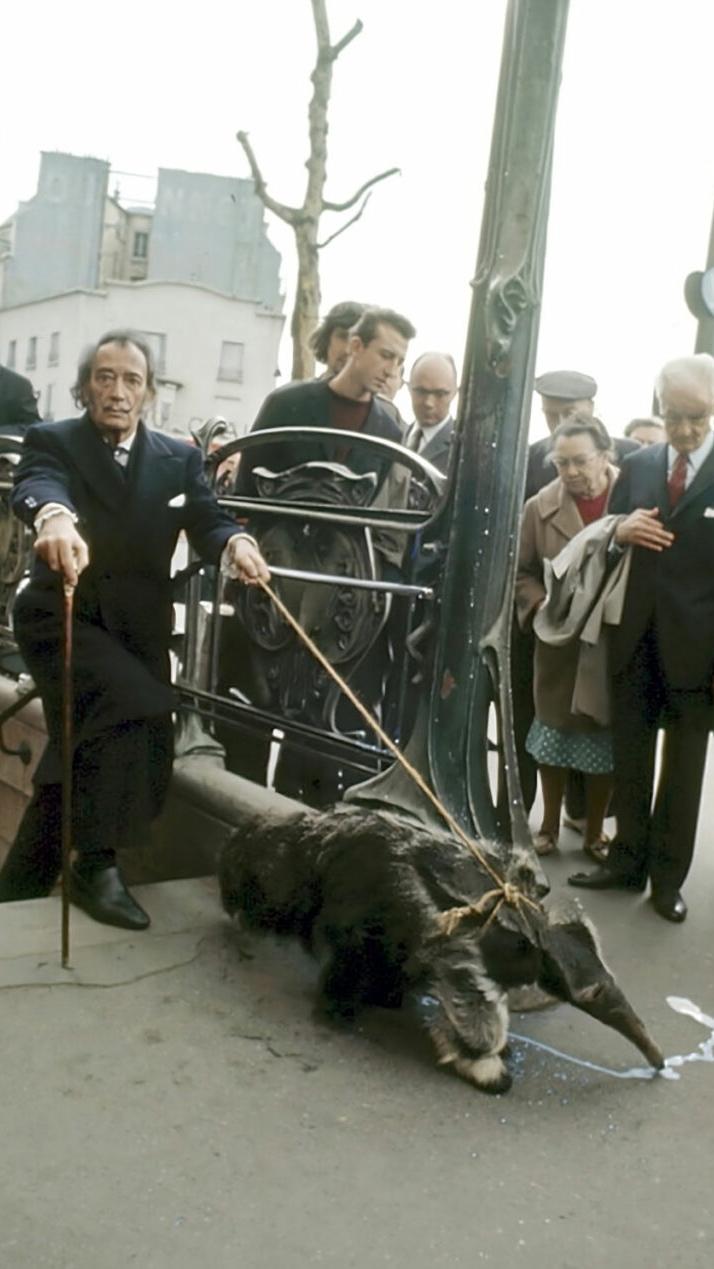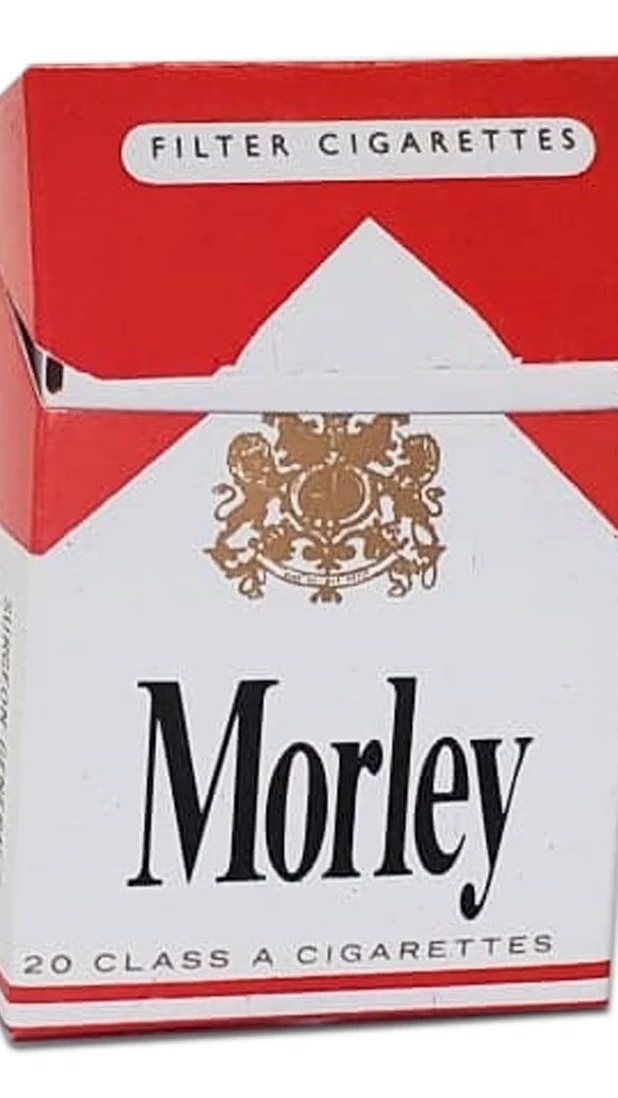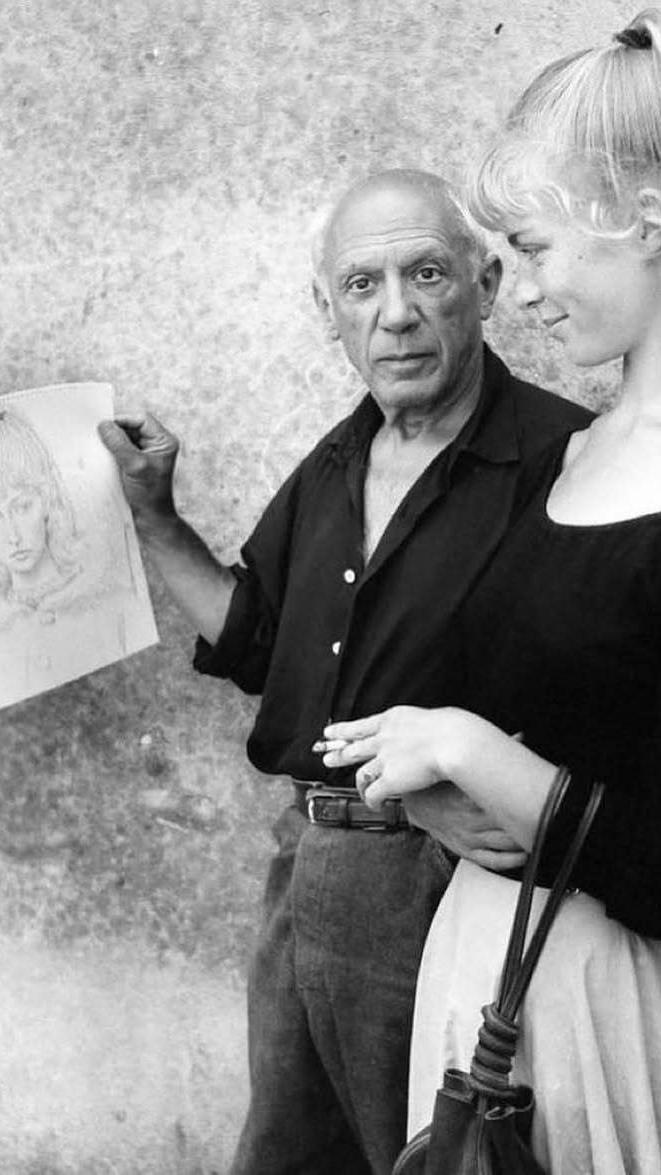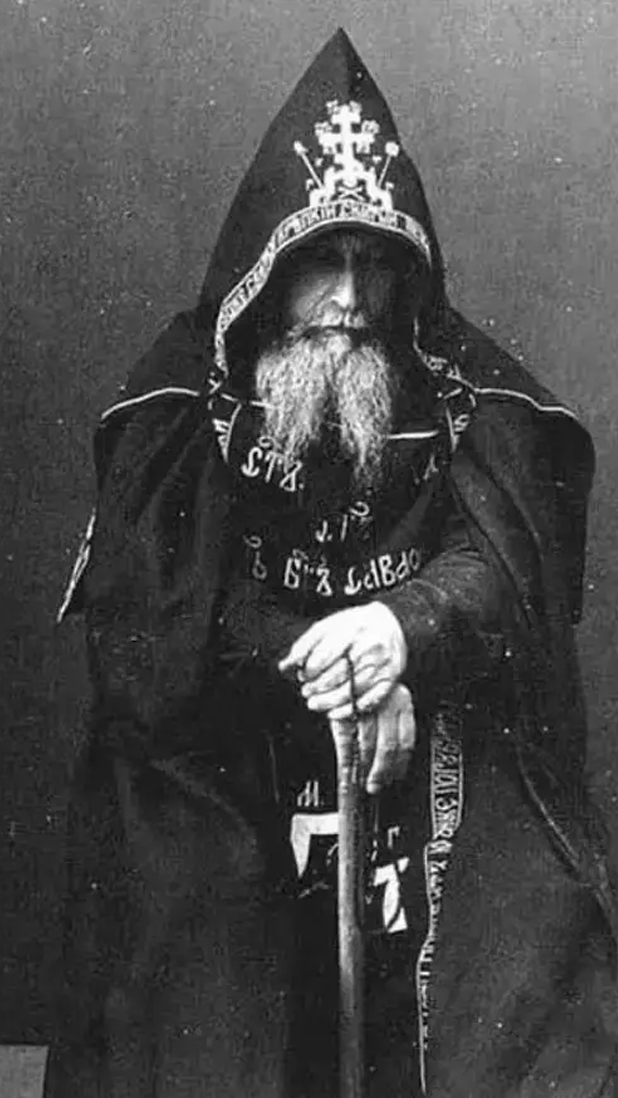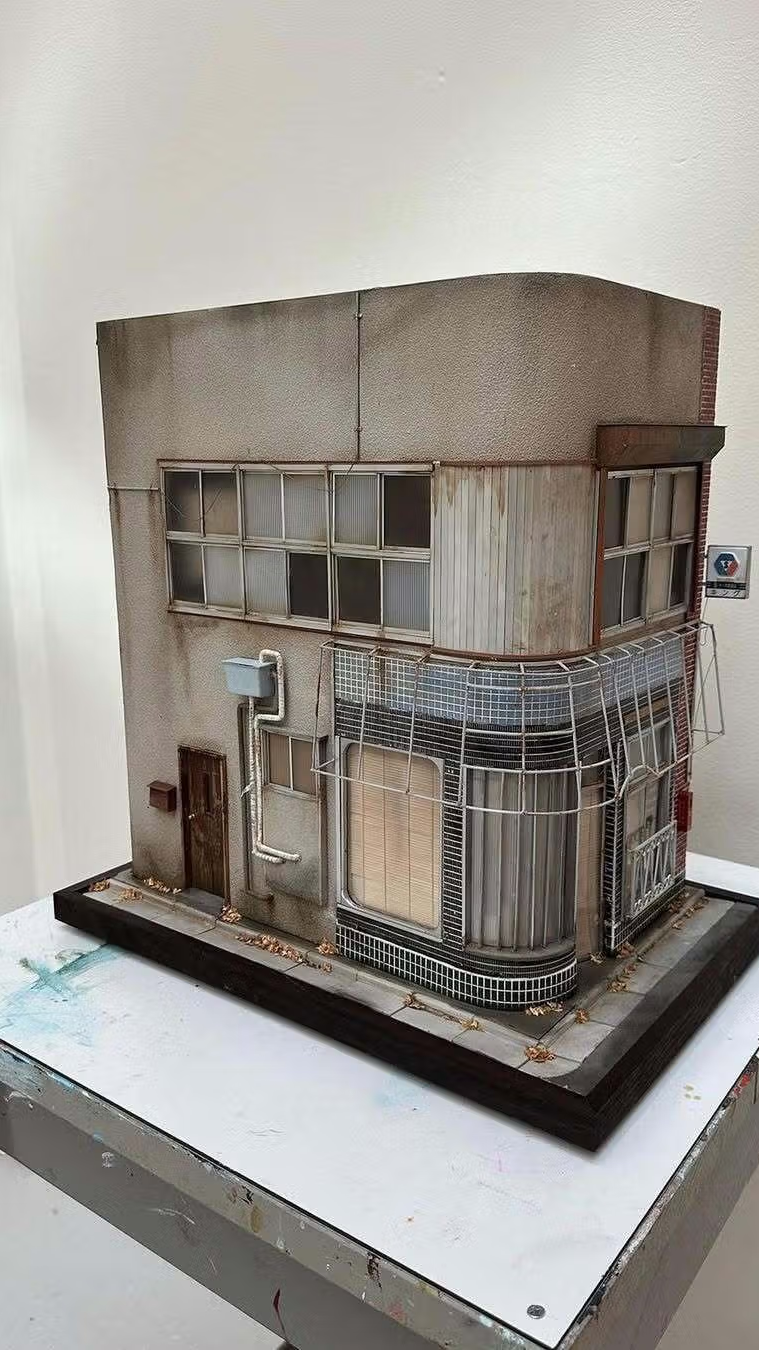BMW M at 24h of Le Mans

24 Hours of Le Mans is a special challenge. The oldest active endurance race in the world, as well as the most prestigious, Le Mans takes one entire day, and is one third of the ‘Triple Crown of Motorsport’. With today’s winners covering more than 5000km, Le Mans demands not just speed from its participants, but durability, reliability, and efficiency.
BMW has been answering the call for decades. Its entries are more than just cars. They are wonders of practical design, aesthetic objects as well as testaments to modern engineering. Here are some of our favorites from over the years.
-
In the world of motorsport, the endurance race is a unique format. Rather than a set distance, the endurance race prescribes a time limit, and the winner is whoever has covered the most ground when time runs out. In some instances the time allotment is reasonable. In others, it is absurd. 24 Hours of Le Mans is certainly not reasonable.
At a race like this, participation doesn’t always mean having your own car. In 1995, the McLaren F1 GTR won the race powered by a BMW V12 engine, a breakthrough for BMW.
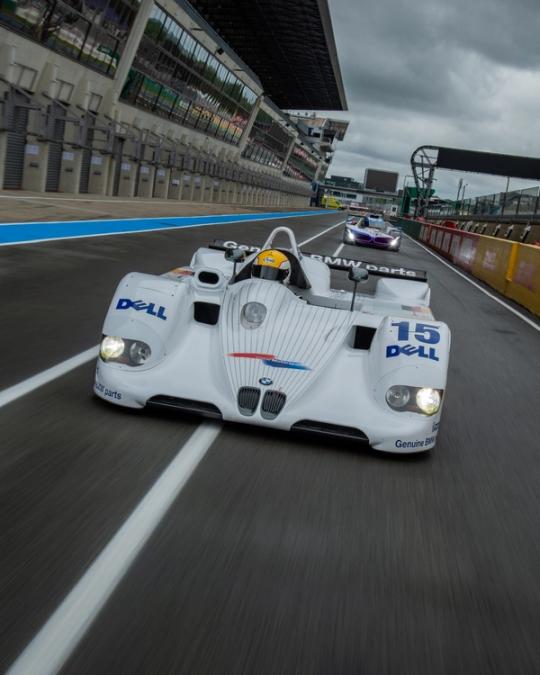
BMW V12 LMR (1999)
BMW’s V12 LMR was its first major success under the company’s own name. An open cockpit successor to the V12 LM, the LMR won the overall race in 1999, the first year it participated. The result of a comprehensive revamp after the V12 LM’s failure the year prior, the LMR’s body is a picture of aerodynamism, and featured inventive workarounds for issues with cooling ducts and roll loops that had plagued the last version.

BMW M Hybrid V8 at Le Mans 2025
BMW’s return to the highest level of prototyping racing with its M Hybrid V8 is another standout. The years elapsed since the V12’s win are visible in the new model, as new understandings of speed and efficiency are embodied in the design, hybrid parts, and partners.
It’s not only the sports prototype racing category that BMW has participated in though. Factory-developed models have participated in the GT series since 2001, and look closer to something you might see on the street. The BMW Z4 GTE has a particularly striking aesthetic, with a low hood and short-deck proportions.
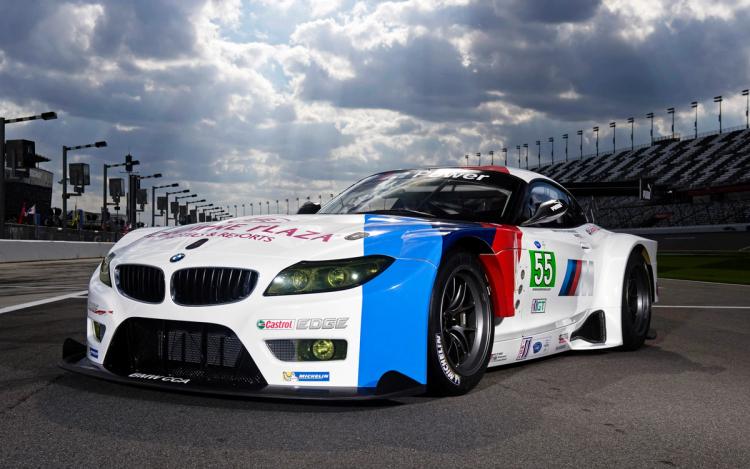
BMW Z4 GTE
But the most aesthetically inventive entries in BMW’s Le Mans history are part of its Art Car series, a collaboration between the company and some of the biggest names in contemporary art.
The series began when Herve Poulain, a racer who was passionate about contemporary art, pitched artist Alexander Calder, a friend of his, on the idea of an ‘Art Car’, a machine that would embody both the cutting edge of vehicular engineering and contemporary culture. With Calder on board, Poulain took the idea to BMW, who he was driving for at the time. They signed off, and a cultural legacy was born.
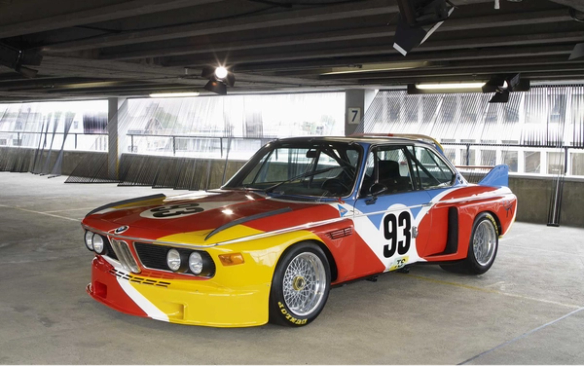
Alexander Calder's BMW Art Car
Calder’s car, a 1975 BMW 3.0 CSL, didn’t finish Le Mans, but it did start a tradition. He went with a vibrant and geometric design, replacing the normal stripes and symmetry with something more alive.
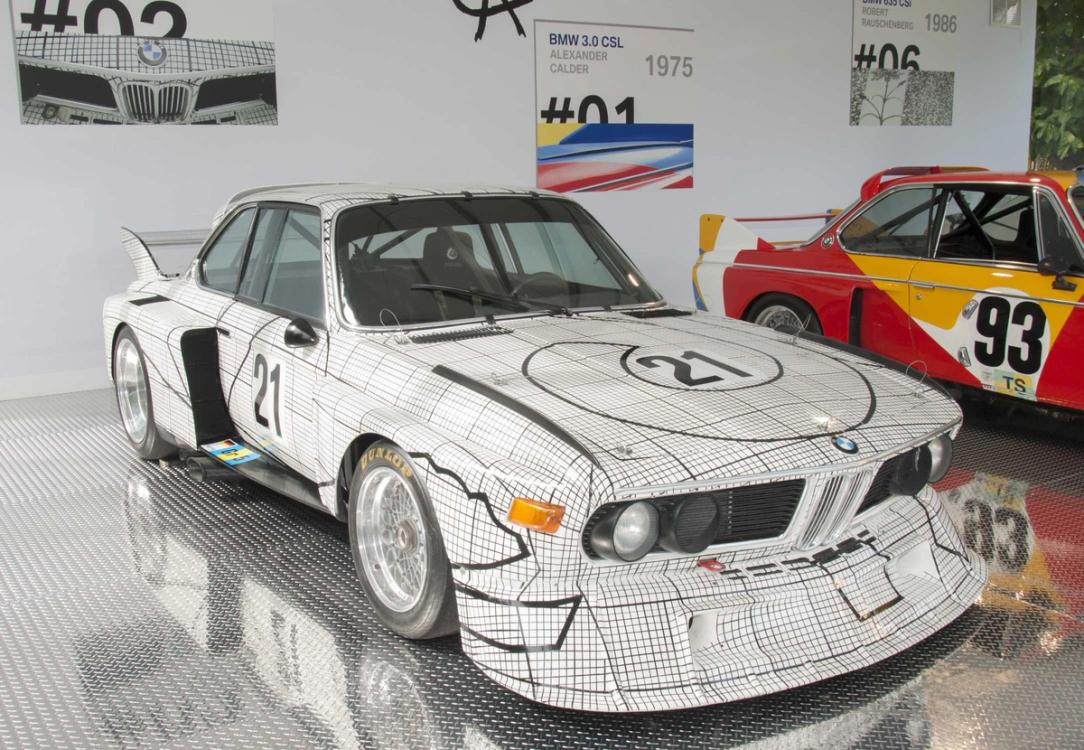
Frank Stella's BMW Art Car
Next, Frank Stella contributed his talents to a BMW Art Car, the 1976 version of the 3.0 CSL. Stella went with a characteristic minimal grid aesthetic that reflected his interest in the structure and precision of vehicular endeavor. This car, also driven by Poulain, finished ninth.

Roy Lichtenstein's BMW Art Car
Roy Lichtenstein came next, applying his signature comic strip aesthetic to a 1977 BMW 320i Turbo. Considering the role that speed in cars had played in Lichtenstein’s other works, like In The Car (1963), the collaboration was fitting.
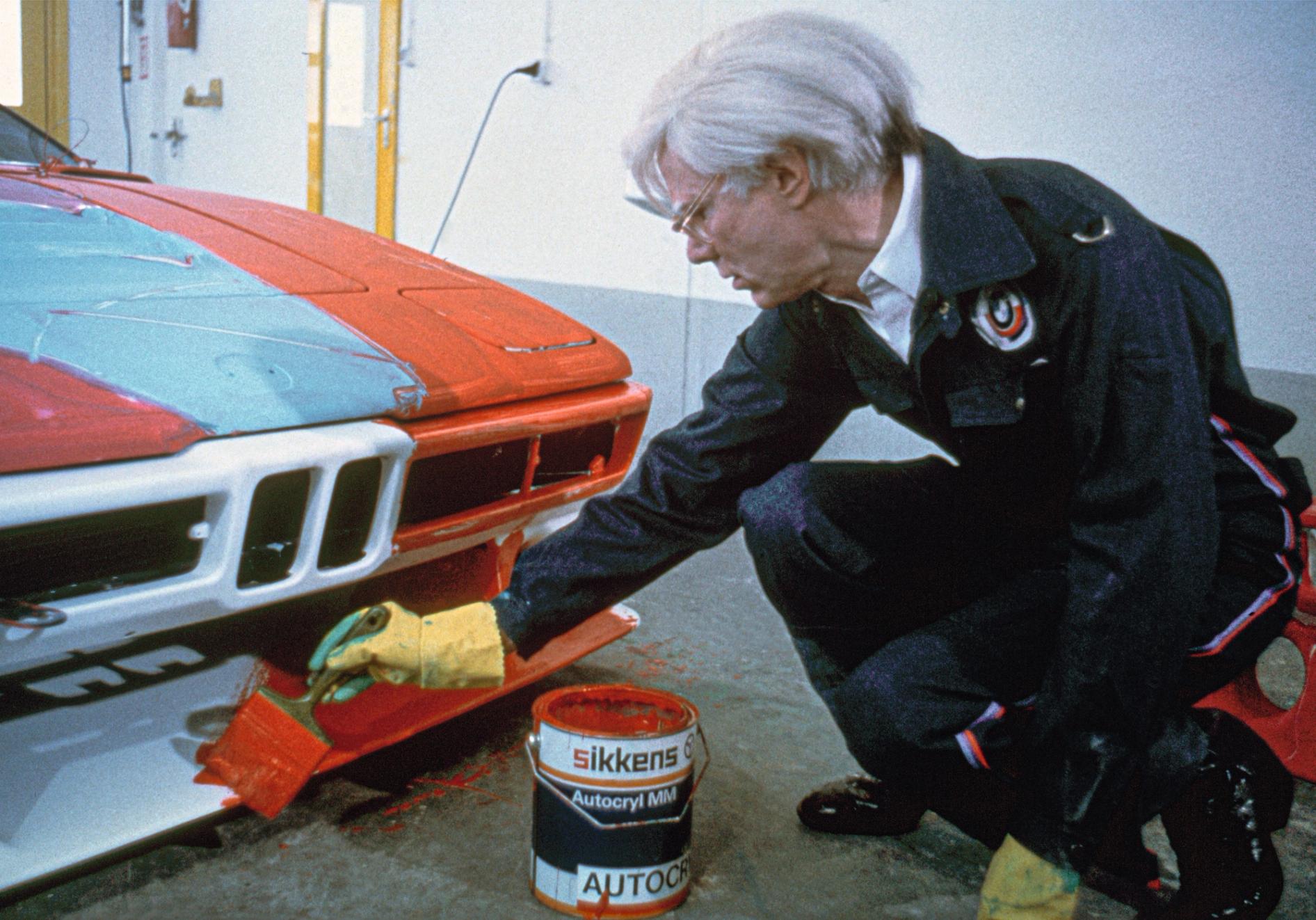
Andy Warhol painting his BMW Art Car
Andy Warhol’s makeover of a 1979 BMW M1 for the race took the artist 24 minutes. He did it in a shop outside of Munich. The speed was not a function of laziness, but understanding of format. “I attempted to show speed as a visual image,” Warhol said of the work. “When an automobile is really traveling fast, all the lines and colours are transformed into a blur.” Warhol’s car did travel fast, coming in 6th place overall.
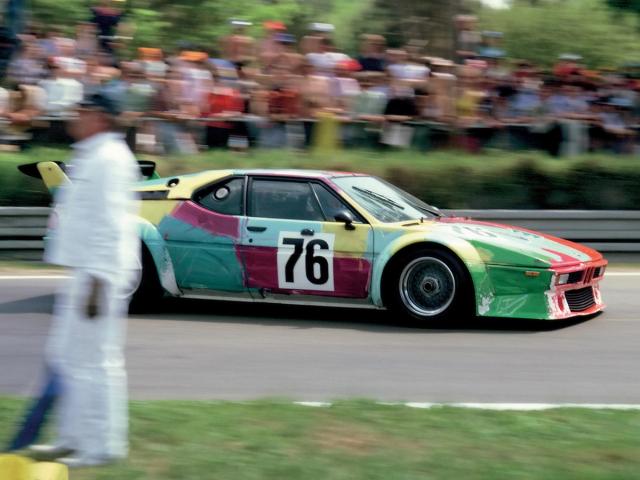
Andy Warhol's Art Car racing at Le Mans
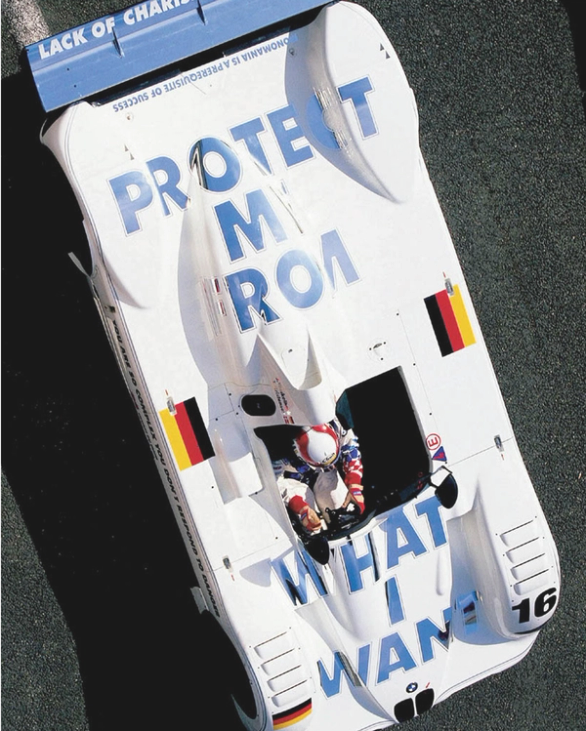
Jenny Holzer's Art Car (1999)
But it wasn’t until Jenny Holzer’s 1999 BMW V12 LMR that an Art Car became a Le Mans champion. The neo-conceptual artist took an all-white body and adorned it in bold block text with her aphoristic word works. A special lightweight foil was used so that the words did not increase the car’s weight significantly.

Jeff Koons' BMW Art Car
Jeff Koons contributed work to a 2010 BMW M3 GT2 in the form of a technicolor series of lines that appear to show the object moving into warp speed, and in 2024 Julie Mehretu’s car BMW M Hybrid V8 was made to look as though it had ‘passed through’ the artist’s Everywhen work.
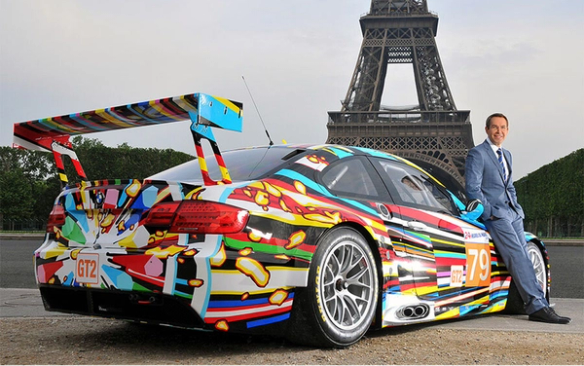
Jeff Koons' BMW Art Car
While the style of each Art Car has differed greatly, they share a unique format. Warhol alluded to it and Mehretu said it more explicitly: the aesthetic experience of an Art Car lies not only in the formal qualities of the design, but in the performance of the race itself. “The BMW Art Car is only completed once the race is over” Mehretu said last year.
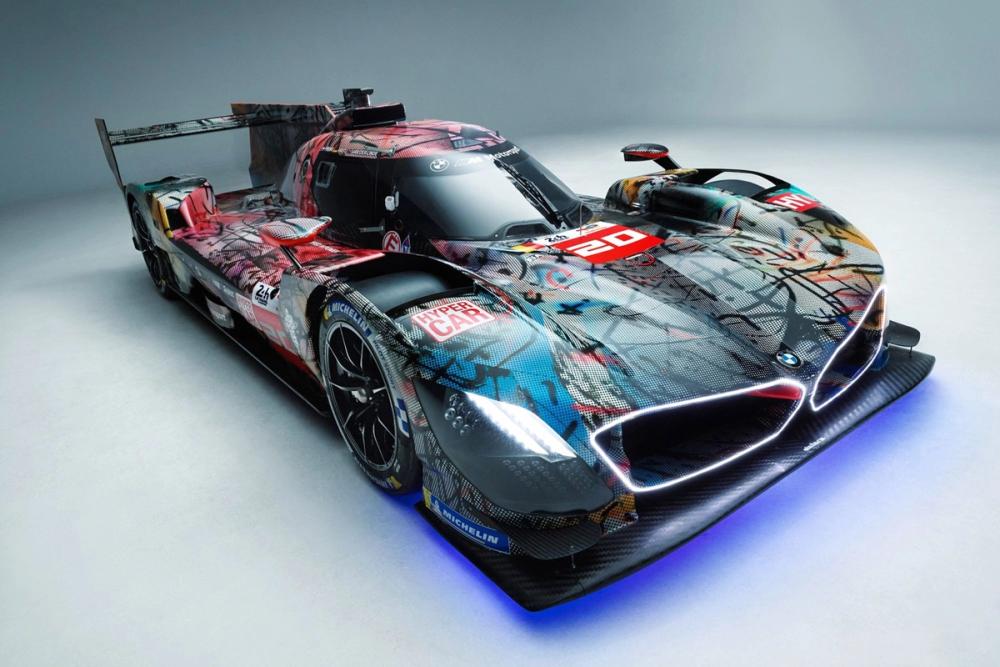
Julie Mehretu's BMW Art Car
In this case, the canvas is as important as what's on it. The cars that race in Le Mans can genuinely be called Super Cars; they are feats of human engineering, products of complex supply and construction processes and literally a century of refinement and optimization. In this way, the Art Car is the meeting of two fields of human experimentation and endeavor.
-
Cars are among the most practical aesthetic objects we interact with daily. Demanding of their manufacturers many of things art demands of artists, when placed under extreme duress (in the form of, for instance, a 24 hour endurance race) cars become testaments to the human pursuit of beauty and perfection. With Le Mans coming up this weekend, now’s a good time to get interested.
